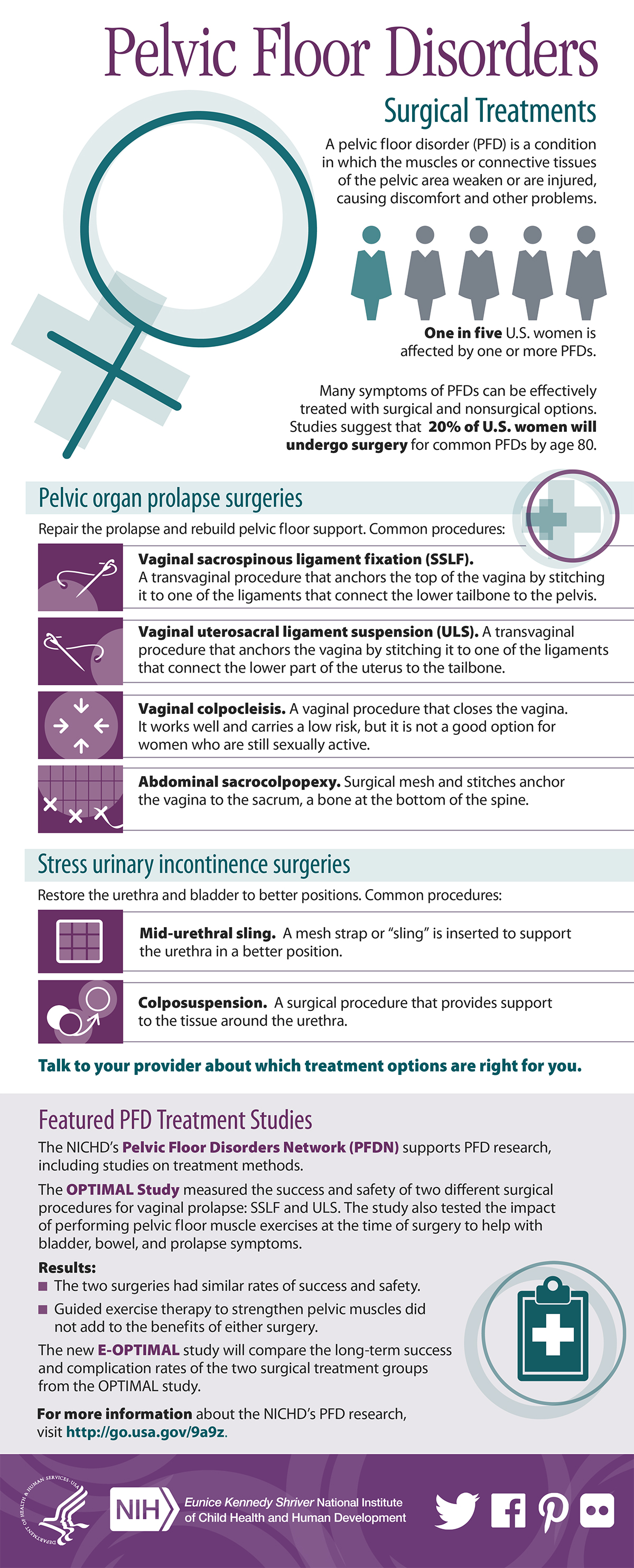How To Allocate Your Flooring Job: A Practical Guide
How To Allocate Your Flooring Job: A Practical Guide
Blog Article
Short Article Produced By-Boswell Carr
When you're planning a floor covering project, budgeting isn't nearly choosing a number; it has to do with understanding what you really need and the prices included. You'll intend to analyze your particular needs, research study different products, and expect unforeseen costs. Think of how variables like space function and installation approaches can impact your budget. But prior to you enter, there are some critical details you could forget that can substantially impact your total costs. Let's explore just how to navigate these complexities and guarantee your project remains on track.
Assessing Your Flooring Requirements
Prior to diving right into your flooring project, it's important to evaluate your flooring requires. Beginning by taking into consideration the particular areas where you prepare to install brand-new floor covering. Consider the function of each area. As an example, bathroom and kitchens require water-resistant products, while living locations may benefit from comfort and looks.
Next, review the existing conditions of your floorings. Are there any kind of architectural problems, such as irregular surface areas or wetness troubles? Addressing these concerns beforehand can conserve you time and money down the line.
Additionally, keep in mind of the measurements of each area to identify how much floor covering you'll need.
Don't neglect to consider your lifestyle. If you have family pets or young youngsters, toughness may be your top priority, while a much more formal space may call for a glamorous finish. Furthermore, think of your design preferences. Do you like a timeless appearance, or are you attracted to contemporary designs?
Lastly, be practical about just how much maintenance you want to dedicate to. Some materials require more maintenance than others. By understanding your demands clearly, you'll be better equipped to make educated selections as you move forward with your flooring task.
Estimating Expenses and Products
Estimating costs and materials is a pivotal step in your flooring project that can substantially affect your total spending plan. Begin by measuring your area precisely to identify just how much floor covering you'll need. For a lot of materials, you'll locate rates by square foot, so collect quotes from different suppliers to get a reasonable number.
Next off, think about just click the following web page of floor covering you desire. Choices like wood, laminate, floor tile, or carpet all featured different rate factors. Study the costs for each and factor in any kind of extra materials like underlayment, sticky, or shift strips.
Do not forget to include tools if you're preparing a do it yourself installment, as leasing or acquiring equipment can contribute to your expenses.
Labor expenses are one more crucial consideration. If you're employing specialists, get estimates from several specialists to ensure you're getting a fair price. Be clear concerning the range of work to prevent unexpected charges later.
Finally, https://www.globenewswire.com/news-release/2022/07/20/2482839/0/en/Flooring-Market-Forecast-to-2028-COVID-19-Impact-and-Global-Analysis-By-Product-Type-Material-and-Application.html 's a good idea to reserve a small percent of your allocate any kind of unanticipated prices connected to materials. By extensively estimating your prices and products ahead of time, you'll establish yourself up for a smoother and a lot more manageable flooring task.
Planning for Hidden Expenses
Lots of property owners forget the covert expenditures that can arise during a floor covering project, which can bring about spending plan overruns. To avoid this, you need to prepare for prospective additional costs.
Initially, take into consideration the condition of your existing subfloor. If it's harmed or unequal, you'll likely need fixings or progressing, which can include dramatically to your total expenditure.
Next off, consider elimination and disposal costs for your old flooring. Lots of contractors charge added for this solution, so variable that into your budget.
Additionally, don't forget the costs of underlayment, which might not be consisted of in the first quote however are vital for a successful installation.
You must likewise prepare for unforeseen problems, such as pipes or electrical job if your floor covering job involves relocating fixtures. It's important to allot a minimum of 10-15% of your complete budget for these unforeseen expenditures.
Last but not least, remember that permits may be required for certain installations. Always check neighborhood policies to prevent fines or hold-ups.
Final thought
Finally, budgeting for your flooring project is important for a successful end result. By evaluating your needs, estimating costs, and planning for concealed expenditures, you'll avoid shocks and remain on track. Keep in mind to reserve a section of your allocate unforeseen prices and keep a comprehensive break down of your expenditures. With cautious planning and consideration, you'll create a beautiful room that fulfills your requirements without breaking the financial institution. Delighted flooring!
